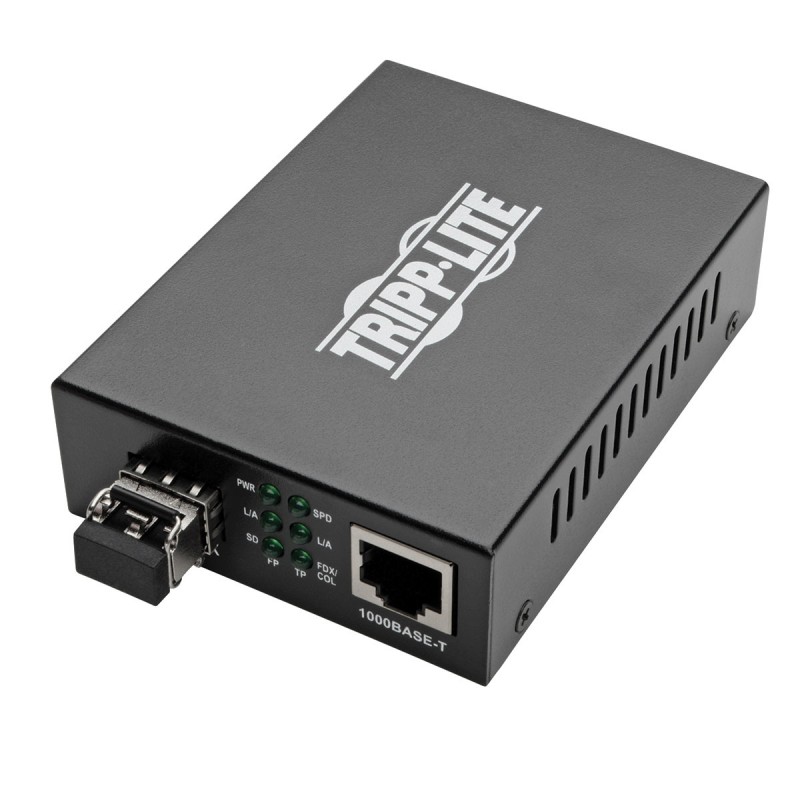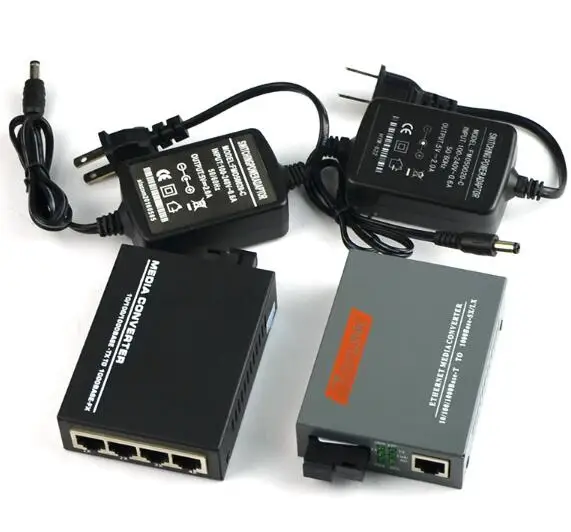

- #Gigabit fiber media converter manual
- #Gigabit fiber media converter series
- #Gigabit fiber media converter free
#Gigabit fiber media converter series
◇ All series supports gigabit RJ45 port and gigabit fiber port combination, which enables users to flexibly build networking to meet the needs of various scenarios. Gigabit photoelectric Ethernet conversion transmission Unmanaged model, plug and play, no configuration, easy to use. The media converter adopts the enterprise-class Taiwan Realtek company's carrier-grade chip solution, which has stable performance, good quality and high cost performance.It is suitable for optical fiber access application scenarios such as security monitoring, wireless coverage, intelligent transportation, and safe cities to form a cost-effective and stable communication network. It has 4* 10/100/1000Base-T ports and 1*1000M uplink SC /LC fiber port, User can select different optical modules, such as multimode dual fiber, single-mode dual fiber, and single-mode single fiber. They can also be rack-mounted in a 5-Module shelf or in a high-density 14-Module, power-redundant chassis.ONV1110-SLX-S4 series is a gigabit fiber media converter independently developed by ONV. GX/T modules can be standalone or surface-mounted utilizing optional wall-mounting hardware or DIN-rail mounting brackets.

The GX/T supports a wide input voltage range of 5 to 32VDC for flexibility to power the device from a variety of sources. The LEDs report the availability of power, port activity and link status and duplex mode.

Through user DIP-switch configuration, the detection of these indicators or link modes can also be propagated to the other port on the GX/T as a means of notifying connected end-devices of the link fault.ĭiagnostic status LED indicators assist in network installation and maintenance. The GX/T generates a remote fault indicator when it detects link fault conditions, and reports detection of these signals by displaying status on the LED. The GX/T supports Port Loop-Back, IEEE defined Far-End-Fault and Link Fault bit as Remote Fault indicators. When Pause is enabled and the device is experiencing network congestion, it will send out a Pause signal to its link partner, instructing it to slow down data transmission.Ī variety of testing and fault detection tools are provided for easy installation and troubleshooting. Network flow control is managed by the Pause function (configured via auto-negotiation or manually) that prevents network congestion on both the RJ-45 and fiber ports. This is useful in a situation where the GX/T is connected to a non-negotiating device and the configuration parameters must be set manually.
#Gigabit fiber media converter manual
The auto-negotiation feature can be disabled on both ports (for manual configuration) using DIP-switches on the product. The FlexPoint GX/T also supports ST, SC and LC and fixed fiber connectors for multimode, single-mode fiber and single-mode single-fiber models are available.īoth the fiber port and the RJ-45 port support auto-negotiation to achieve the best possible mode of operation (speed, duplex mode and Pause mode) between the devices. SFP transceivers enable adaptability to different fiber types, speed and distances, and support CWDM and DWDM wavelengths. The GX/T features Small Form Pluggable (SFP) transceivers that support both 100BASE-FX and 1000BASE-X for interoperability with Gigabit and Fast Ethernet fiber equipment. The FlexPoint GX/T is a 10/100/1000BASE-T copper to 1000BASE-X fiber media converter that supports jumbo frames up to 10,240 bytes. * 100BASE-FX is supported on SFP models only
#Gigabit fiber media converter free


 0 kommentar(er)
0 kommentar(er)
